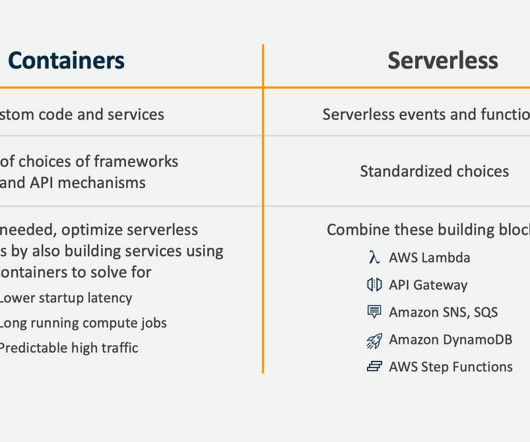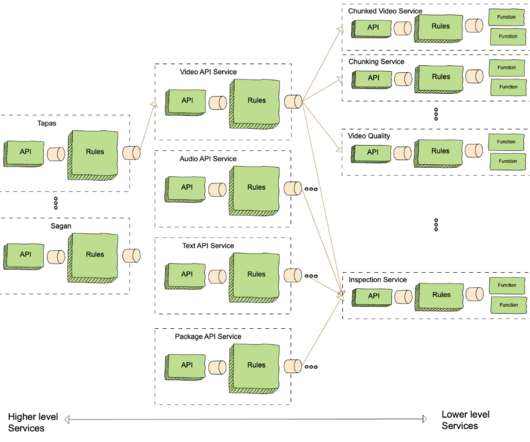So many bad takes?—?What is there to learn from the Prime Video microservices to monolith story
Adrian Cockcroft
MAY 6, 2023
They were able to re-use most of their working code by combining it into a single long running microservice that is horizontally scaled using ECS, and which is invoked via a lambda function. This is only one of many microservices that make up the Prime Video application.












Let's personalize your content